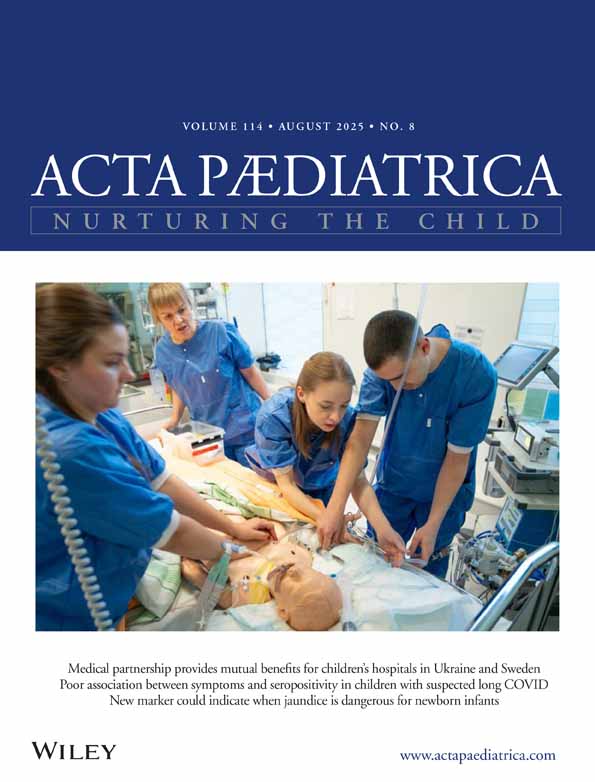Ketoacidosis occurring in newly diagnosed and established diabetic children
Abstract
A 6-y retrospective case note review was performed to determine the causes of ketoacidosis. 135 patients and 463 diabetic years were involved. Fifty-two ketoacidosis episodes occurred: 19 episodes in new patients and 33 episodes in 19 patients with established diabetes. 27% of newly diagnosed patients presented in ketoacidosis. They were similar in terms of age, sex and proportion living in single parent families to those presenting without ketoacidosis. The 33 ketoacidosis episodes occurring in established patients included 12 episodes in 3 children who were transferred to our care because of uncontrolled diabetes. Insulin omission was the cause of ketoacidosis in 9/19 (47%) patients, and was suspected in a further 5/19 (26%). Family and school problems were common and 14/19 patients came from single parent families. Established patients aged ≥11 y were predominantly female (10F, 2M), whereas patients aged ≥10y were predominantly male (6M, 1F). 7 patients with multiple ketoacidosis episodes were all ≥11 y and 6 were female. Families with ≥2 diabetic children appeared vulnerable, 4 cases coming from 3/7 such families.




